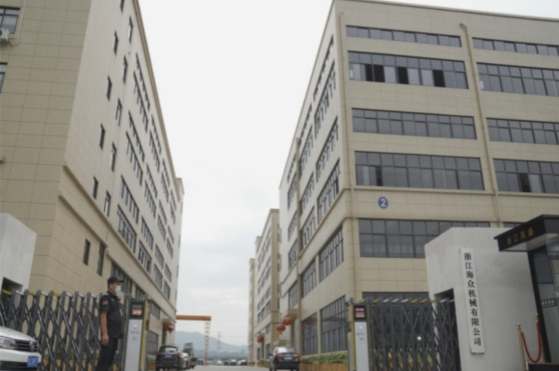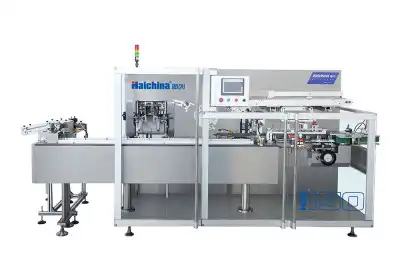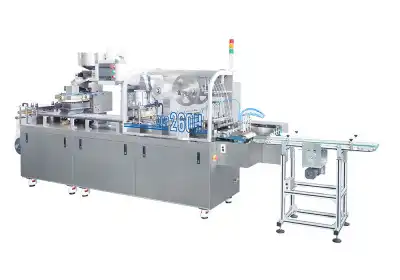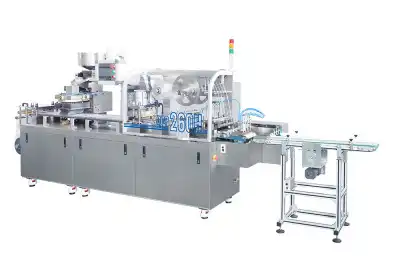Understanding Blister Packaging: Process and Applications
What is Blister Packaging?
Blister packaging is a popular method that securely encases products within a transparent plastic cavity firmly attached to a backing card. This packaging style offers excellent product protection while allowing consumers to clearly see the item inside. Typically, the blister material consists of plastics such as PVC, PET, or PETG, chosen for their durability and clarity. The backing material can vary, including paperboard for cost-effectiveness, aluminum foil for enhanced barrier protection, or plastic for added strength. Its combination of visibility, protection, and tamper evidence makes blister packaging widely favored across industries.

How Does the Blister Packaging Process Work?
The blister packaging process involves several steps:
- Thermoforming: Heating plastic sheets and molding them into the desired shape.
- Product placement: Inserting the product into the formed cavity.
- Sealing: Attaching the backing material to the filled blister.
- Cutting: Trimming excess material to create individual packages. This process is typically automated using blister packaging machines, which can significantly increase production efficiency.

What Industries Commonly Use Blister Packaging?
Blister packaging finds applications across various sectors:
- Pharmaceuticals: For tablets, capsules, and medical devices.
- Electronics: For small components, batteries, and accessories.
- Consumer goods: For toys, hardware, and personal care products.
- Food industry: For portion-controlled items and specialty foods.
The versatility of blister packaging makes it suitable for products of various sizes and shapes, offering both protection and visual appeal.

Benefits and Considerations of Blister Packaging
What Are the Advantages of Using Blister Packaging?
Blister packaging offers numerous benefits:
- Product protection: Shields items from physical damage and environmental factors.
- Tamper-evidence: Provides visible signs of package opening, enhancing security.
- Product visibility: Allows customers to see the product without handling it.
- Customization: Can be tailored to fit specific product shapes and sizes.
- Marketing potential: Offers space for branding and product information.
These advantages make blister packaging a popular choice for manufacturers across various industries.
Are There Any Drawbacks to Blister Packaging?
While blister packaging has many benefits, there are some considerations:
- Environmental impact: Some blister materials may not be easily recyclable.
- Cost: Cost: Initial setup for blister packaging, including investment in a blister packaging machine, can be more expensive than simpler packaging methods.
- Opening difficulty: Some consumers may find blister packs challenging to open.
- Size limitations: Very large or irregularly shaped products may not be suitable for blister packaging.
Manufacturers must weigh these factors against the benefits when choosing packaging solutions.
How Does Blister Packaging Compare to Other Packaging Methods?
Compared to other packaging types:
- Blister vs. Clamshell: Blister packaging is generally easier to open and uses less plastic.
- Blister vs. Cardboard boxes: Blister packs offer better product visibility and protection.
- Blister vs. Shrink wrap: Blister packaging provides more structure and tamper-evidence.
The choice between packaging methods depends on factors like product type, target market, and distribution channels.
Blister Packaging Machines: Technology and Efficiency
What Types of Blister Packaging Machines Are Available?
Blister packaging machines come in various types:
- Rotary blister machines: High-speed production for large volumes.
- Shuttle blister machines: Suitable for smaller batches and frequent changeovers.
- Carousel blister machines: Offer flexibility in product loading and sealing.
- Thermoform-fill-seal machines: Integrate forming, filling, and sealing in one system.
The choice of machine depends on production volume, product variety, and specific packaging requirements.
How Do Blister Packaging Machines Enhance Production Efficiency?
Blister packaging machines significantly improve production efficiency through:
- Automation: Reducing manual labor and increasing output.
- Consistency: Ensuring uniform package quality and appearance.
- Speed: Producing hundreds or thousands of packages per hour.
- Versatility: Handling various product sizes and shapes with quick changeovers.
- Integration: Seamlessly connecting with other packaging line components.
These features make blister packaging machines essential for high-volume production environments.
What Factors Should Be Considered When Selecting a Blister Packaging Machine?
When choosing a blister packaging machine, consider:
- Production volume: Matching machine capacity to your output needs.
- Product diversity: Ensuring the machine can handle your product range.
- Changeover requirements: Evaluating ease and speed of format changes.
- Integration capabilities: Compatibility with existing production lines.
- Maintenance and support: Availability of parts and technical assistance.
- Future scalability: Potential for upgrades or expansion.
Careful consideration of these factors ensures selecting a machine that aligns with both current needs and future growth plans.
Conclusion
Blister packaging remains a crucial solution in modern manufacturing, offering a blend of product protection, visibility, and marketing potential. As technology advances, blister packaging machines continue to evolve, providing increased efficiency and flexibility to meet diverse industry needs. Understanding the intricacies of blister packaging and the capabilities of associated machinery is essential for businesses looking to optimize their packaging processes and enhance product presentation in competitive markets.
Contact Us
For more information about our blister packaging solutions and machinery, please contact us at [email protected]. Our team of experts at Zhejiang Haizhong Machinery Co., Ltd. is ready to assist you in finding the perfect packaging solution for your products.





